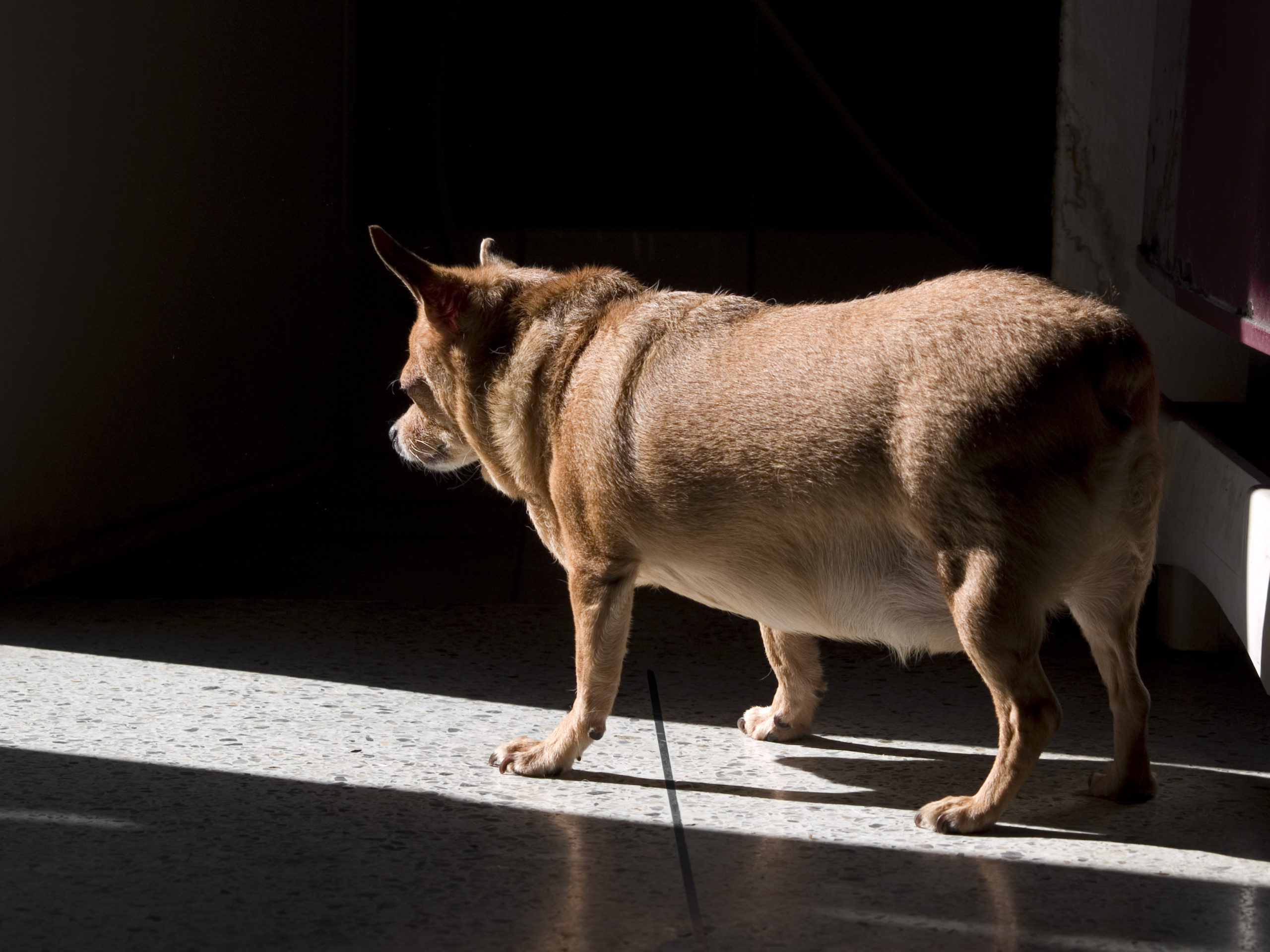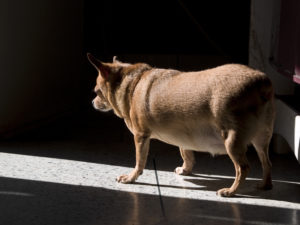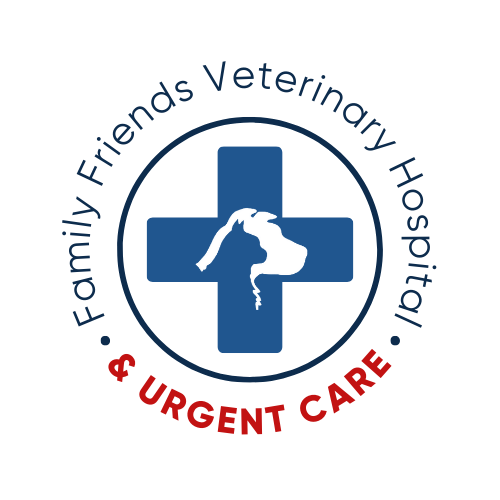Obesity in pets is a growing problem, much like it is in humans. In fact, more than half of all dogs and cats in the United States are considered overweight or obese, according to the Association for Pet Obesity Prevention. This issue is more than just cosmetic; it has serious health implications for your pet. At Family Friends Veterinary Hospital, we want to help you understand the risks associated with pet obesity and provide you with tips on how to prevent and manage this condition effectively.
The Impact of Obesity on Pet Health
Obesity in pets occurs when they have too much body fat, typically when their weight is 10-20% above their ideal range. This condition can result from a combination of overfeeding, lack of exercise, genetics, and sometimes even underlying health issues. Although a chubby pet may seem adorable, the reality is that carrying extra weight can lead to a host of health problems that can significantly shorten your pet’s lifespan.
Among the most common health issues linked to pet obesity are joint and mobility problems. The additional weight puts undue stress on your pet’s joints, leading to conditions like arthritis, hip dysplasia, and other mobility-related issues. These conditions can be particularly challenging for older pets, who are already at risk for age-related joint degeneration. Diabetes is another serious concern, especially for cats. Obesity can cause insulin resistance, which in turn can lead to diabetes, requiring lifelong management that includes insulin injections, dietary changes, and regular monitoring. Heart disease is also a major risk, as excess weight forces the heart to work harder, increasing the chances of developing conditions such as hypertension and congestive heart failure.
Respiratory problems are another potential consequence of obesity. Overweight pets, especially those of brachycephalic breeds like Bulldogs and Persian cats, may struggle with breathing difficulties. Additionally, studies have shown that obese pets tend to have shorter lifespans compared to their lean counterparts. The extra weight not only exacerbates existing health conditions but also increases the risk of developing new ones, including certain types of cancer such as mammary tumors in female dogs and cats. Digestive disorders, such as constipation, pancreatitis, and gastrointestinal inflammation, are also more common in obese pets, further complicating their overall health and well-being.
Checking If Your Pet Is Overweight
The first step in managing your pet’s weight is to determine if they are overweight. The Body Condition Score (BCS) is a reliable method that evaluates the amount of fat on your pet’s body. The BCS scale typically ranges from 1 to 9, with 1 indicating extreme thinness, 5 being ideal, and 9 representing severe obesity. TO learn more about Body Scoring, visit the Association for Pet Obesity Prevention website [here]. You can download/print the BCS Chart for dogs [here], as well as for cats [here].
- Conduct an At-Home Body Condition Check: To assess your pet’s BCS at home, start by running your hands along both sides of their ribcage. In a pet with a healthy weight, you should be able to feel their ribs with only a thin layer of fat covering them. If you have to press firmly to feel the ribs, your pet may be carrying excess weight.
- Evaluate Your Pet’s Waistline: Next, stand above your pet and look down at their body. A healthy pet should have a visible waistline behind the ribs that narrows before the hips. If the waistline is not discernible, this could be an indication of excess weight.
- Check the Abdominal Tuck: Finally, observe your pet from the side. A pet with an ideal BCS will have an abdomen that tucks up toward the hind legs. If the abdomen hangs down or appears rounded, this is another sign that your pet may be overweight.
- Monitor Regularly: Regularly assessing your pet’s body condition using these steps can help you detect weight gain early. By identifying changes promptly, you can make necessary adjustments to their diet and exercise routine to maintain a healthy weight and prevent obesity-related health issues.
Prevention Strategies for Pet Obesity
Preventing obesity is far easier than dealing with its consequences. One of the most effective ways to keep your pet at a healthy weight is by controlling their portion sizes. Overfeeding is a primary cause of obesity in pets, so it’s important to follow the feeding guidelines provided on your pet’s food packaging. However, these guidelines are general, and your veterinarian can help you tailor them to meet your pet’s specific needs. A balanced diet is equally important; make sure your pet is eating food that is appropriate for their age, size, and activity level. Avoid giving table scraps or high-calorie treats that can quickly add unnecessary calories to your pet’s diet.
Regular exercise plays a crucial role in preventing obesity. Dogs, for instance, benefit from daily walks, playtime, and activities that engage them both mentally and physically. Cats, on the other hand, may require a bit more creativity to keep them active. Interactive toys, climbing trees, and play sessions that mimic hunting behaviors can help maintain their physical fitness. Establishing a routine for meals is another key aspect of prevention. Free-feeding, or leaving food out all day, can lead to overeating, so it’s better to feed your pet at scheduled times. Additionally, monitoring the number and type of treats you give is important; treats should not make up more than 10% of your pet’s daily caloric intake. Opt for healthy, low-calorie treats, or use a portion of their regular food as a reward during training.
Regular veterinary checkups are essential for keeping track of your pet’s weight and overall health. During these visits, your veterinarian can help you adjust your pet’s diet and exercise plan as needed to prevent weight gain. If your pet is already overweight, your vet can provide specific recommendations to help them shed the excess pounds.
Managing Pet Obesity
If your pet is already overweight, don’t worry—there are steps you can take to help them achieve a healthier weight. The first step is to consult with your veterinarian, who can assess your pet’s current health, determine a target weight, and create a tailored weight loss plan. It’s important to approach weight loss gradually; a safe rate is about 1-2% of body weight per week. Rapid weight loss can be harmful, leading to problems such as fatty liver disease in cats, so it’s crucial to follow a slow and steady approach.
Your veterinarian may recommend a special weight management food that is lower in calories but still provides all the necessary nutrients. In some cases, feeding smaller, more frequent meals can help your pet feel satisfied while reducing their overall calorie intake. Increasing your pet’s physical activity is also a key component of weight management. For dogs, this might involve longer walks, more playtime, or even activities like swimming. For cats, you can introduce more interactive toys, create opportunities for climbing, and engage them in short, frequent play sessions throughout the day.
Tracking your pet’s progress is vital to ensuring the success of their weight loss plan. Regular weigh-ins will help you and your veterinarian assess how well the plan is working and make any necessary adjustments. Throughout the process, it’s important to remain patient and consistent. Weight loss is a gradual journey, but the rewards are significant—a healthier, happier pet with a better quality of life.
Conclusion
At Family Friends Veterinary Hospital, we are committed to helping your pets lead long, healthy lives. Understanding the risks associated with pet obesity and taking proactive steps to prevent and manage it can make a profound difference in your pet’s well-being. By working closely with your veterinarian and making small, consistent changes to your pet’s diet and exercise routine, you can help your furry friend achieve and maintain a healthy weight. Remember, maintaining a healthy weight is not just about appearance; it’s about ensuring your pet has the best chance for a vibrant, active life. If you have concerns about your pet’s weight or need assistance with weight management, our team is here to support you every step of the way. Together, we can keep your pet fit, healthy, and happy for years to come!






